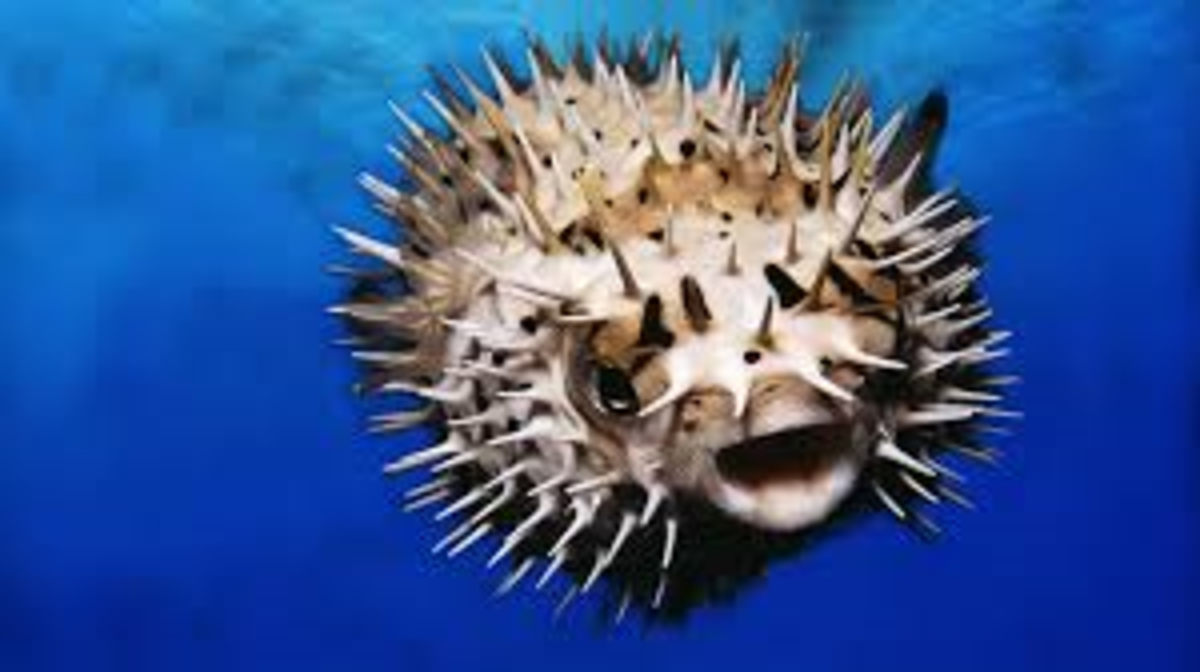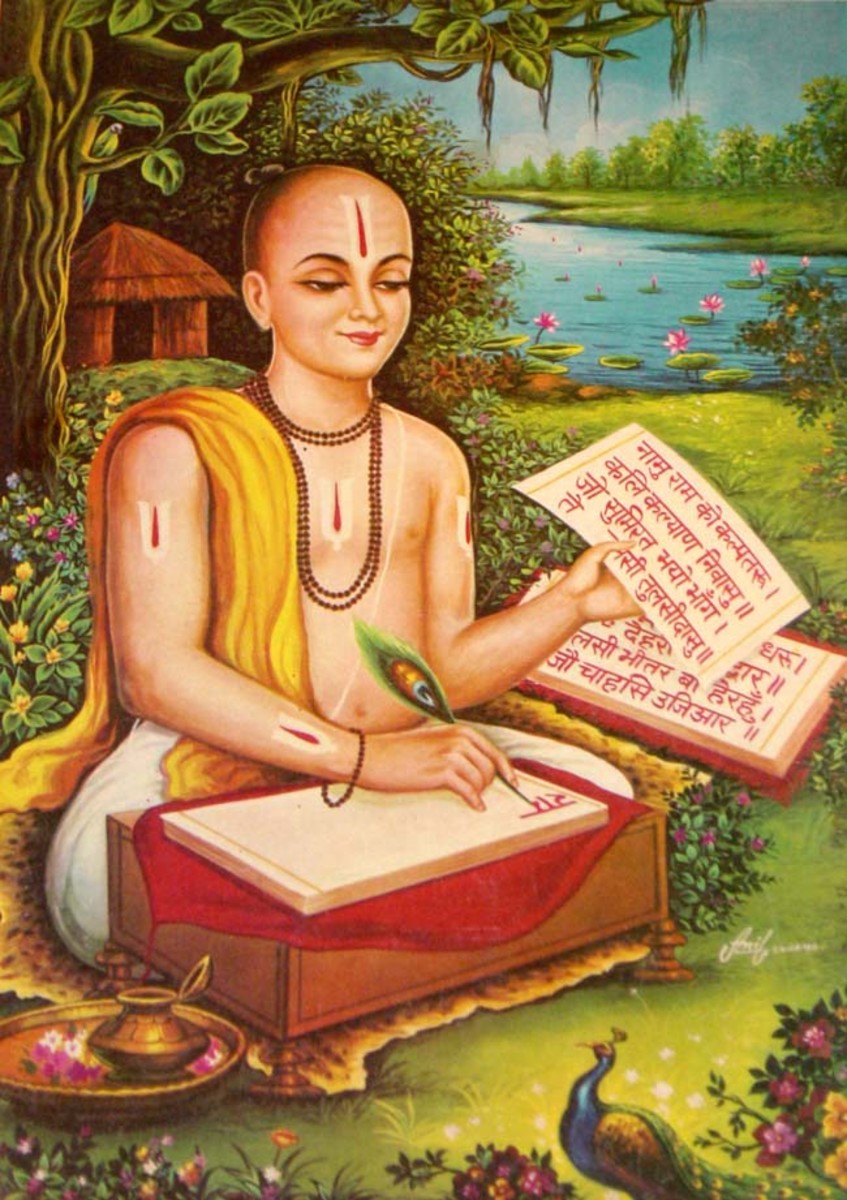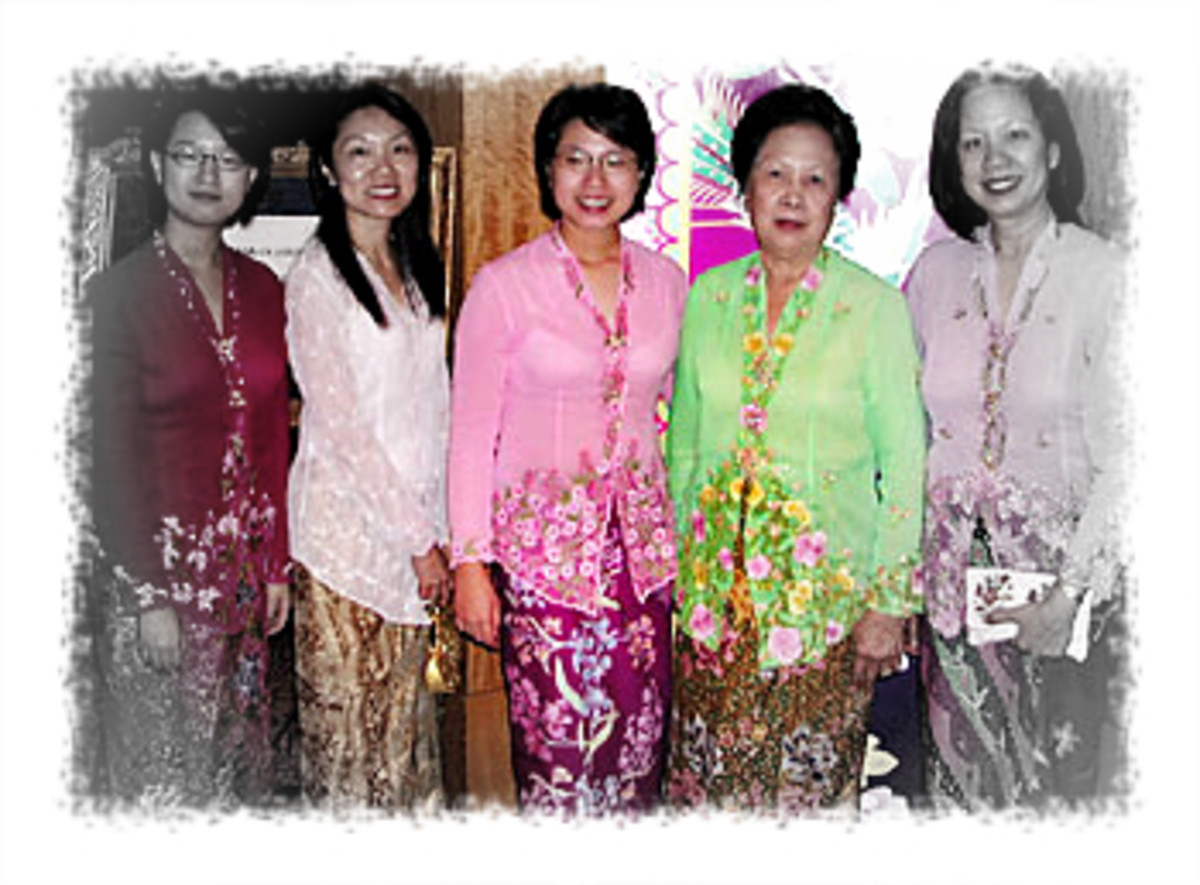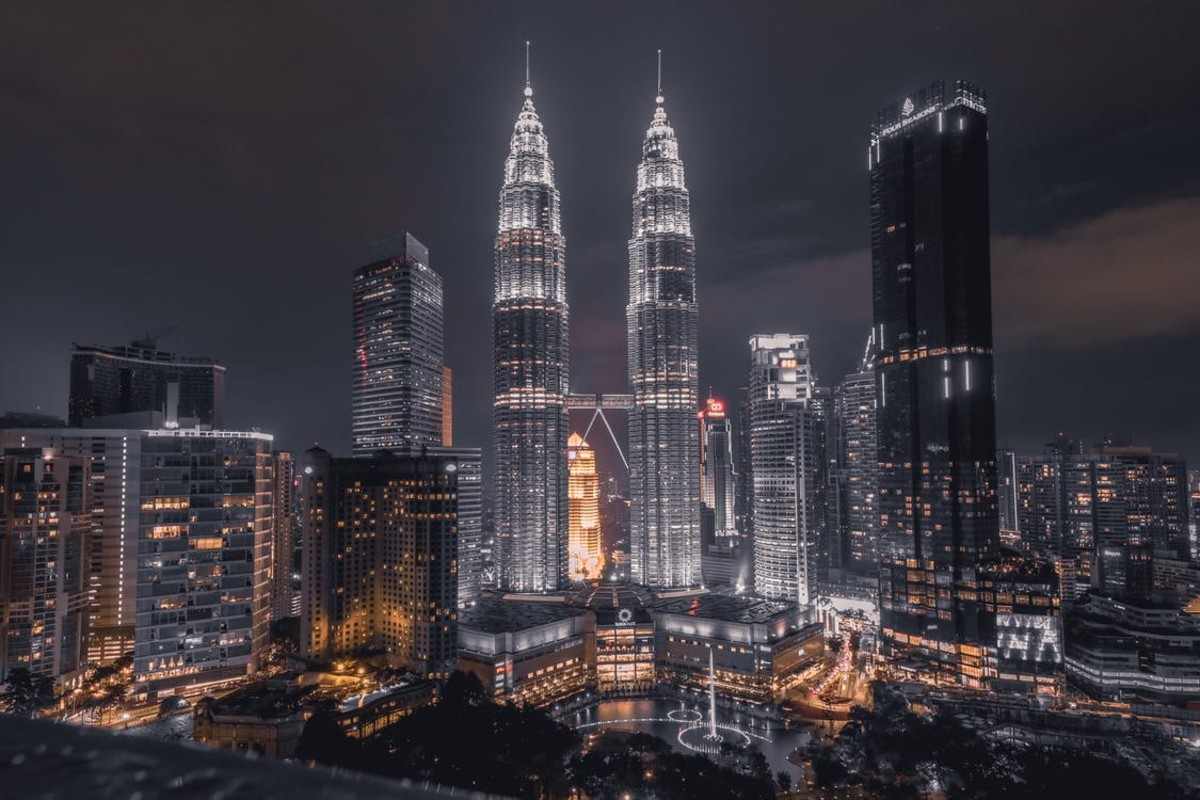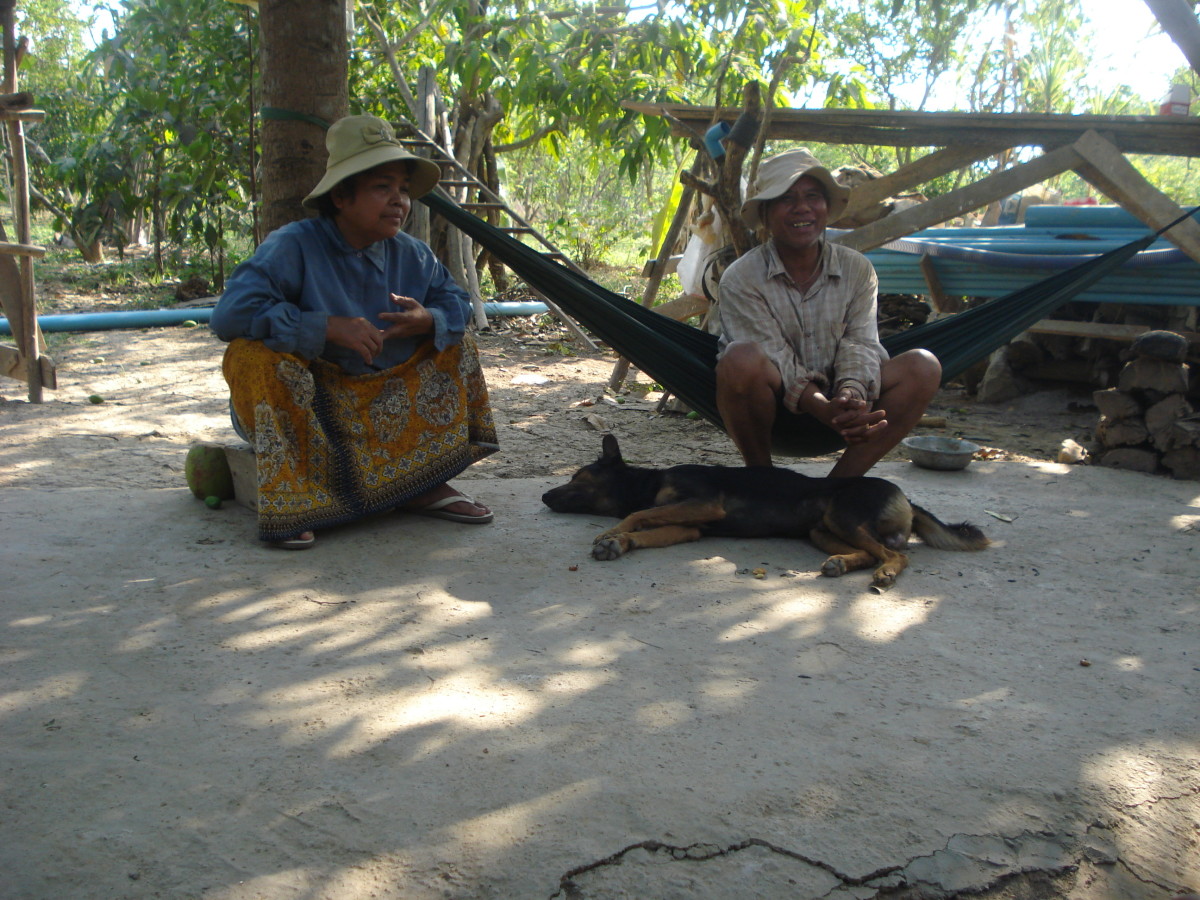Malaysia and Singapore’s multicultural society
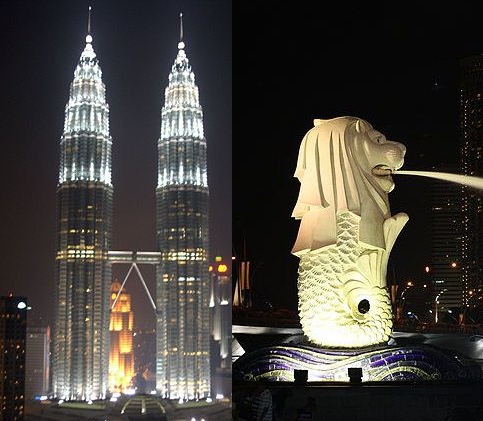
Malaysia and Singapore, two countries in close proximity sharing similar historical roots and origins, boast one of the world’s most vibrant and harmonious multicultural societies. Situated strategically in Southeast Asia, where historical maritime trade routes between India and China intersect, these two countries possess a reputation for being popular centres of commerce and intercultural exchange, both in historical and modern times.
Malaysia and Singapore’s multicultural society comprises three of the largest ethnic groups in Asia, namely the Malays, the Chinese and the Indians. Additionally, Malaysia in specific has various indigenous tribes of Peninsular Malaysia and East Malaysia (Malaysian Borneo) residing within its territories, such as the Orang Aslis, the Iban-Dayaks and the Kadazandusuns.
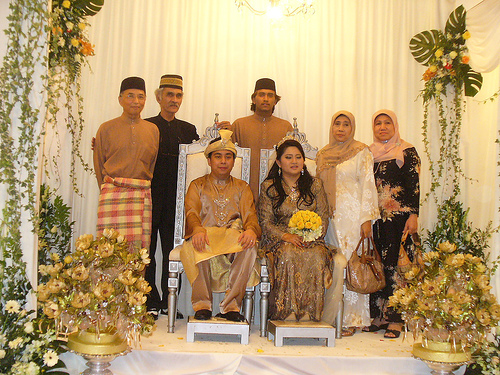
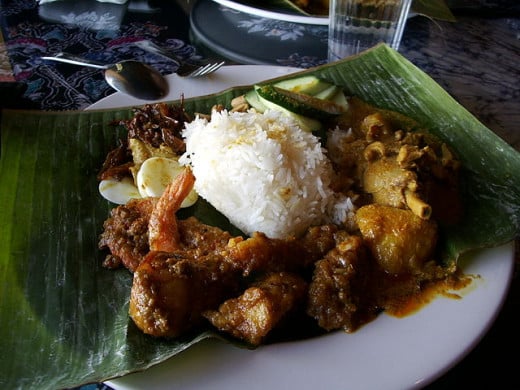
Malay community
While the Malay community forms a significant minority of slightly more than 10% in Singapore, it is the predominant ethnic group in Malaysia, comprising slightly more than half of Malaysia’s total population. Some segments of the Malay community have been living in Malaysia and Singapore for centuries long, while others migrated in more recent centuries from the various islands that constitute Indonesia today. The most widely used language within the community is the Malay language, which has several regional dialects that differ in pronunciation and usage of words, although they are, for the most part, mutually intelligible. Examples of these regional dialects include the Kedahan dialect, the Negeri Sembilan Minangkabau dialect, the Johorean dialect, the Sabahan dialect and, most notably, the Kelantanese dialect which differs very markedly from the others.
Malays generally profess the religion of Islam, particularly the Sunni branch, and this is in actual fact the functional definition of the Malay race in the Malaysian Constitution. Being Muslims, the Malays observe festivals similar to their counterparts worldwide, such as Hari Raya Puasa (Eid al-Fitr), Hari Raya Haji (Eid al-Adha), Maulidur Rasul (Prophet Muhammad’s Birthday) and Awal Muharram (Islamic New Year). All these festivals are gazetted as public holidays in Malaysia, while only the first two are gazetted as public holidays in Singapore.
Rice is the staple food for the Malay community. Some of the most popular Malay rice dishes are the nasi lemak, which is rice cooked in coconut milk, nasi kerabu, which is coloured rice cooked with fragrant flowers and spices, and nasi dagang, which is rice steamed in coconut milk. Many of these dishes are eaten alongside chicken, beef, fish, curry, hard-boiled eggs, anchovies or keropok (Malay crackers). Because of the influence of Islam, Malay food is typically devoid of pork and alcohol.
Malay men typically don the baju Melayu, which consists of a long-sleeved shirt, trousers, a skirt-like adornment called the kain samping and a dark-coloured headgear called the songkok. Malay women traditionally wear either the baju kurung, a loose Malay dress, or the baju kebaya, a blouse-dress. These costumes are accorded official statuses in Malaysia and are frequently worn during festive seasons as well as official occasions.
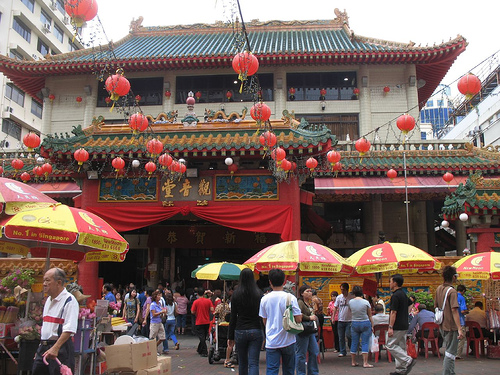
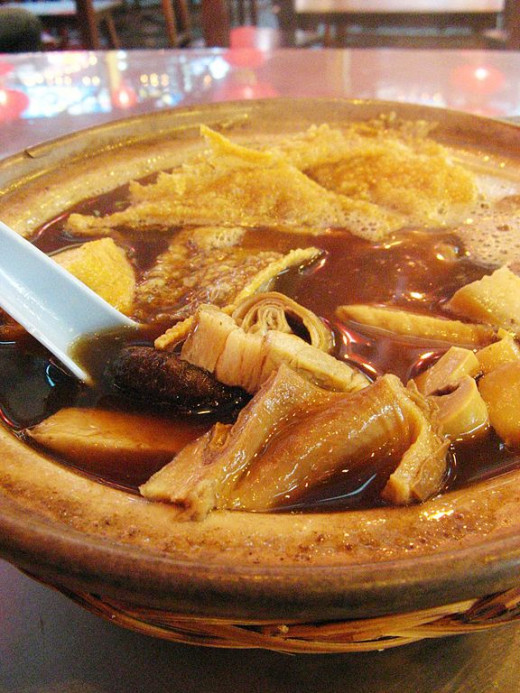
Chinese community
If the Malay community forms the majority in Malaysia and a minority in Singapore, the reverse is true for the Chinese community. In Singapore, the Chinese form approximately three quarters of the population, whereas in Malaysia the Chinese form about one quarter of the population. The history of Malaysian and Singaporean Chinese can be traced back to the British colonial era in the 1800s and early 1900s, when large numbers of labourers were brought in mainly from the provinces of Fujian and Guangdong in southern China to cater to the then booming tin mining industry. There were also significant numbers of Chinese merchants, particularly from the provinces of Fujian, Guangdong, Guangxi and Hainan, who came to Malaysia and Singapore during that era to set up businesses in urban settlements newly established by the British colonial government. The constant influx of Chinese immigrants until the Second World War was further fueled by circumstances of poverty and economic gloom in mainland China.
With Mandarin Chinese rapidly increasing in importance as the universal Sinitic language, most Malaysian and Singaporean Chinese are fluent in the language. Nevertheless, with different segments of the local Chinese populace historically originating from different parts of southern China, there exist a variety of Chinese dialects which are still spoken, such as Hokkien, Cantonese, Hakka, Hainanese, Foochow and Teochew.
Most Malaysian and Singaporean Chinese are either Buddhists or Taoists, while Christians form a significant minority within the community. There are also a very small number of Chinese who follow Islam or Hinduism. Regardless of religion, the Chinese community generally observes cultural festivals similar to their counterparts in China, such as Chinese New Year (Lunar New Year), Mid-Autumn Festival and Dragon Boat Festival. Wesak is a religious observance specific to the Buddhists, while Christmas, Good Friday and Easter are celebrated specifically by the Christians.
Local Chinese cuisine, which uses rice and noodles as its staple component, is very varied. Although each of the different Chinese dialect groups initially brought or came up with their own dishes, all these have blended together over the decades. Nonetheless, it is still possible to associate specific local Chinese delicacies with a particular region or dialect group. For instance, Penang Hokkien people are famous for their Penang laksa (spicy noodle soup), Klang Hokkien people for their bak kut the (pork broth), Cantonese people for their wantan noodle and Hainanese people for their chicken rice.
The most commonly worn traditional clothing for the Chinese are the samfu for men and the cheongsam for women. The samfu is a set of clothing consisting of a shirt and trousers adorned with Chinese-themed designs, while the cheongsam is a tight one-piece dress with a long slit upwards from the bottom. In modern times, these clothing are worn only during festivals or special occasions.
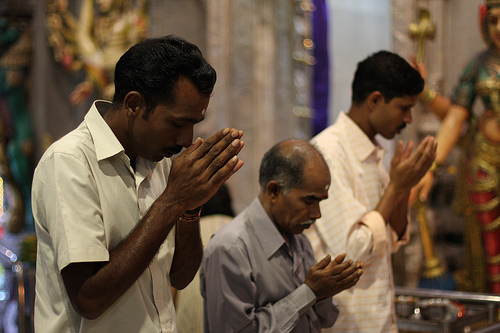
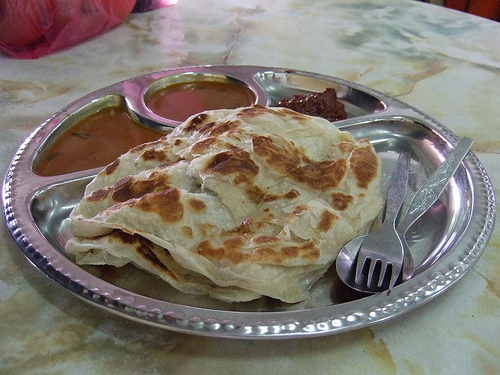
Indian community
Among the three major ethnic groups of Malaysia and Singapore, Indians form the smallest number. Comprising around ten percent of the population of both countries, the Indian community is mainly found in urban regions and rural settlements with plantation industries, particularly rubber and oil palm. Like the Chinese, the history of the Indian community can be traced back to the British colonial era, when labourers from the British Madras Presidency in south India were brought in to work in rubber plantations, railways and ports. Similar to Chinese merchants, Indian merchants, mostly from south India, also found their fortunes in colonial Singapore and Malaya, settling in major townships and establishing successful businesses. There were also smaller numbers of British-educated Indians who were brought in to work as civil servants or police officers in the British colonial government.
Tamil is the most widely spoken Indian language within the community, since above eighty percent of Malaysian and Singaporean Indians are of Tamil origin. Alongside Tamil, there are also other Indian languages being spoken, albeit to a much lesser extent, such as Malayalam, Telegu, Hindi and Punjabi.
A large proportion of Indians are followers of Hinduism, but there are also significant numbers within the community who either follow Islam or Christianity, as well as smaller numbers of Sikhs and Buddhists. As such, Indians generally celebrate festivals along religious lines. Festivals such as Deepavali and Thaipusam are specific to Indians of the Hindu faith, whereas Muslims observe holidays similar to their local Malay counterparts, as mentioned above. Christians observe common Christian holidays such as Christmas, Good Friday and Easter, while Sikhs and Buddhists celebrate Vaisakhi and Wesak respectively.
Just like all the other ethnic groups, Indians also eat rice as their staple food. Indian food, however, is renowned for their generous use of spices and curry made from meat, seafood or vegetables. Traditionally, local Indian meals are served on banana leaves, with rice, meat, curry and vegetables placed on them either separately or mixed together. This is often accompanied by a special kind of thin Indian crackers called pappadam. Local Indian cuisine also includes many types of flat bread or pancakes such as roti canai, chapati, thosai and naan, which are often mixed with curry and other ingredients for additional taste.
Indian traditional clothing for men is known as the dhoti, and that for women is called the sari. While the dhoti involves a simple combination of a loose-fitting shirt and pants, the sari is more elaborate, involving a tight shirt and a strip of long cloth draped over the wearer’s body in a variety of different styles. Alternatively, Indian women also commonly wear the salwar kameez, a combination of a long shirt and a loose pajama-like trousers, along with a shawl around the neck or head. While the dhoti is normally worn solely during special occasions, the sari and salwar kameez are more frequently worn in everyday life.
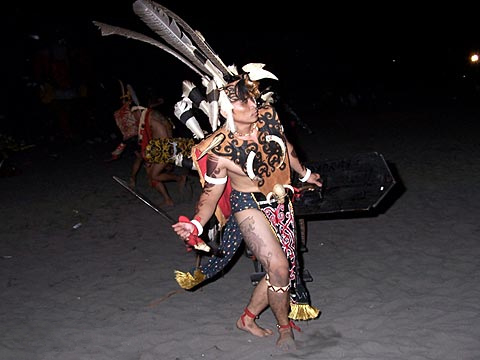
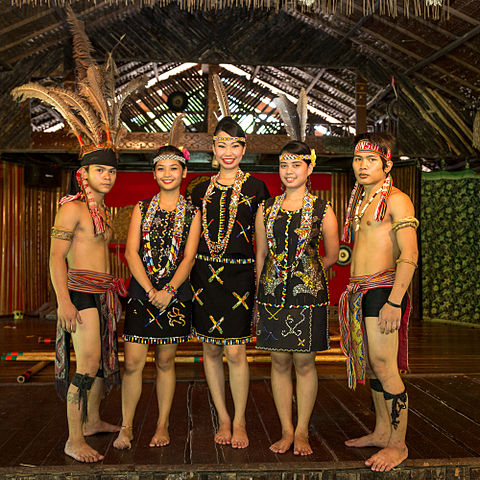
Indigenous communities
Unlike Singapore, Malaysia is home to dozens of indigenous tribes that have been in existence since time immemorial. Indigenous tribes in Peninsular Malaysia are collectively known as Orang Asli (lit. “natural people”) and they comprise several interrelated tribes that mainly dwell in rural regions and interior jungles. In East Malaysia, indigenous tribes are more numerous, with the Kadazandusuns forming the largest tribe in the state of Sabah and the Ibans forming the largest tribe in the state of Sarawak. Indigenous people in East Malaysia traditionally live in rural settlements and jungles, but unlike their counterparts in Peninsular Malaysia, an increasing number of them are now moving to urban areas with access to better education and jobs. Indigenous tribes collectively form about ten percent of the Malaysian population, in which they form a significant majority only in the aforementioned two East Malaysian states.
Malaysia’s indigenous people speak a wide variety of native languages, some of which share similarities with each other or the Malay language to different degrees. However, they generally possess native fluency in Malay as well. With increasing involvement in mainstream national education that places importance on Malay and English, some of these native languages are gradually facing extinction. The Kadazandusun and Iban languages are exceptions to this trend, since these two languages are still widely recognized and taught in the mainstream education system until today, and are commonly used in daily life.
Despite the centuries-long history of traditional and animistic beliefs among Malaysia’s indigenous communities, these communities are today overwhelmingly Christian or Muslim as a result of vigorous efforts by Christian and Muslim missionaries over recent decades. Christian and Islamic influences among the indigenous people are evident in every aspect of their daily lives, such as their names, dietary habits, songs and festivals. In the case of the East Malaysian tribes, although Christian and Islamic observances have largely replaced their traditional festivals over the years, two festivals still remain significant, namely the Gawai in Sarawak and the Kaamatan in Sabah, both of which are harvest festivals steeped in culture.
Indeed, Malaysia and Singapore’s cultural and religious plurality creates a diverse and fascinating blend that is highly unique to these two countries. In spite of all the intercultural and interreligious dissimilarities in these two countries, mutual respect, national integration and a common language – English in Singapore and both Malay and English in Malaysia – have proven to be vital building blocks for the harmonious coexistence of Malaysia and Singapore’s different races and religions.
Sources:
- Abdullah A, Pedersen P. Understanding multicultural Malaysia: delights, puzzles & irritations. Pearson/Prentice Hall: London; 2003.
- Goh DPS, Gabrielpillai M, Holden P, Khoo GC. Race and multiculturalism in Malaysia and Singapore. Taylor & Francis Group: London; 2012.
- Saw SH. The population of Malaysia. Institute of Southeast Asian Studies: Singapore; 2007.
- Wikipedia [homepage on the internet]
Would you like to visit Malaysia or Singapore to experience its rich culture?
© 2013 James


